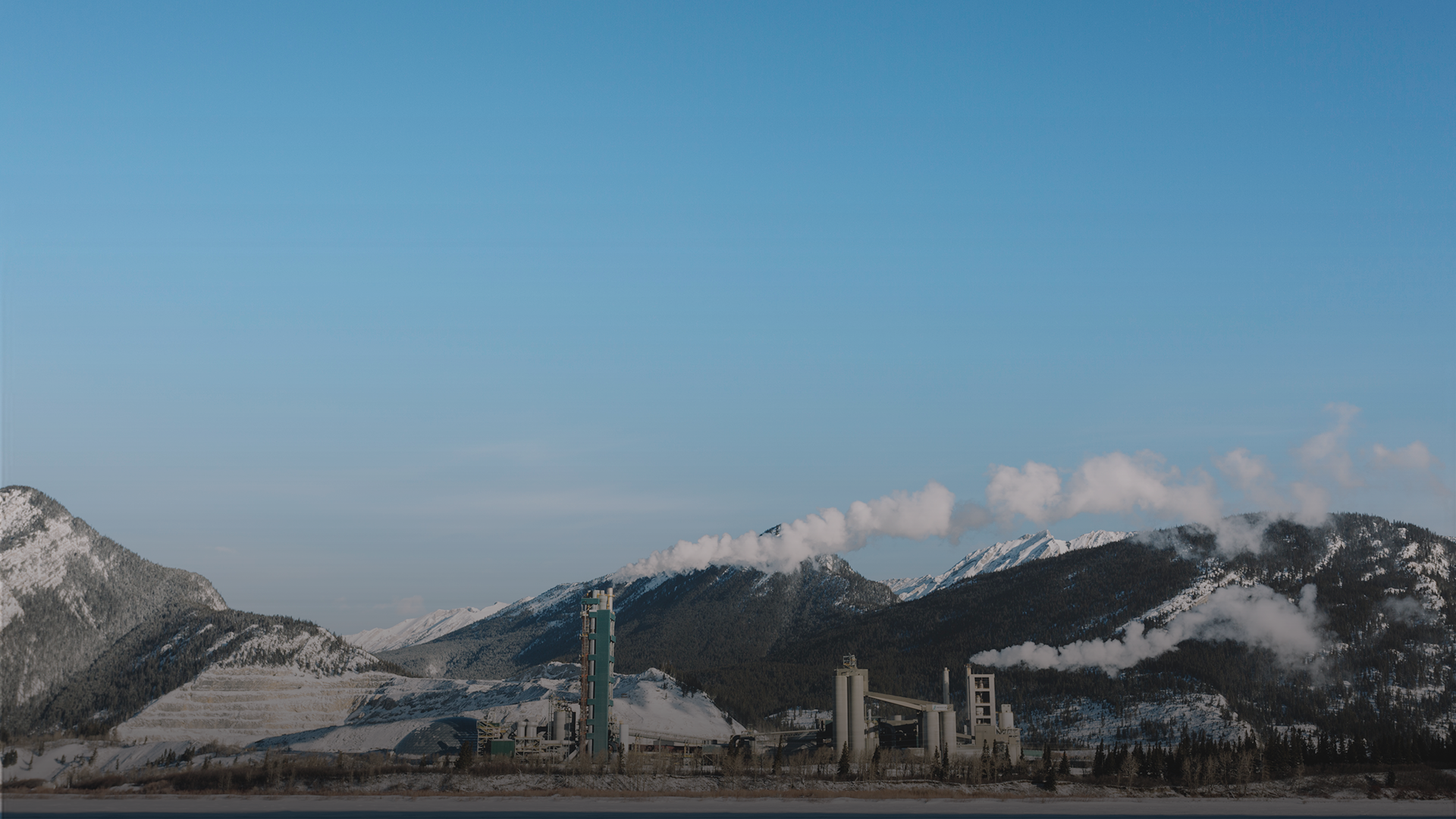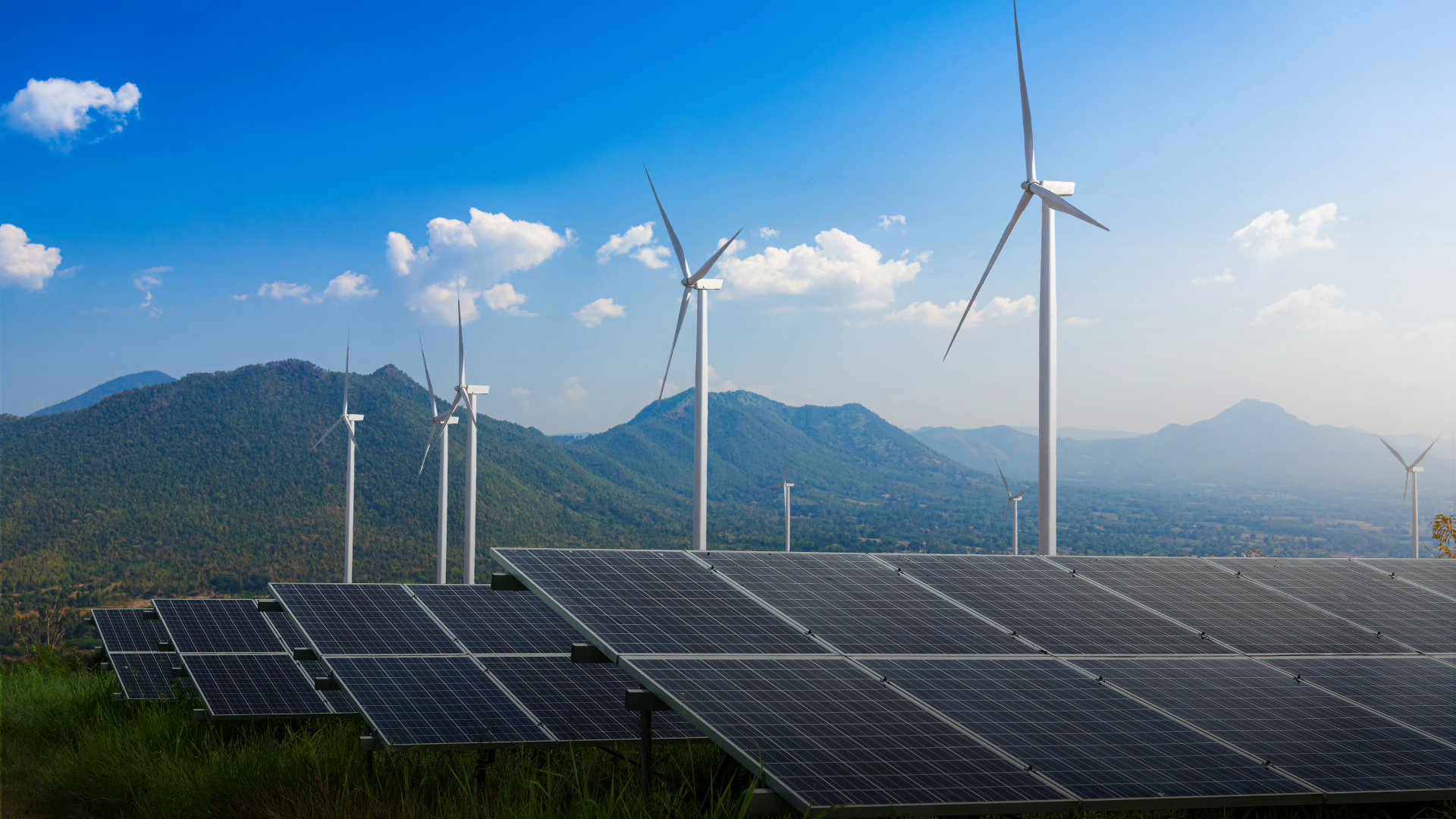According to a recent report by the North American Electric Reliability Corporation (NERC), the United States is at a higher risk of facing power supply shortages. The power footfalls might become visible over the duration of the next ten years.
The power shortages might occur due to an imbalance identified by the NERC in its annually conducted Long Term Reliability Assessment. It identified an imbalance between supply and demand. The NERC labeled the imbalance as a growing concern and highlighted that it may result in implications related to power.
According to John Moura, Director of NERC’s Reliability Assessment and Performance Analysis, the country is witnessing an unprecedented growth in energy consumption. Moura also emphassised that the country’s infrastructure development is not moving forward at the rate needed to satisfy the rising demand of power.
Also read: US Pushes for Alignment of Methane Standards with EU for LNG Shipments
Regions at High Risk of Power Shortfalls
The report by NERC mentions that nearly 50% of the country is at high risk of experiencing power supply shortfalls. The Midcontinent Independent System Operator, which serves 15 states, faces a high risk of outages, even during regular peak demand. This highlights the magnitude of the risk.
Similarly, grid operators in PJM Interconnection, ISO New England, and parts of Texas and California are also at elevated risk, particularly during extreme weather events like heat waves or cold spells.
Retiring Fossil-Fired Plants Contribute to Imbalance
One major contributing factor to these power shortfalls is the planned retirement of fossil-fired power plants. NERC reports that approximately 78 GW of generation capacity are confirmed for retirement, with another 37 gigawatts set to retire by 2034. For context, one gigawatt of capacity can power up to 1 million US homes.
The Path Forward
As the US faces growing electricity demand and a wave of power plant retirements, NERC urges the energy sector to ramp up infrastructure development. Building additional power generation and strengthening grid reliability is critical to avoiding widespread outages and maintaining a stable electricity supply in the coming years.
In conclusion, while parts of the country, such as the northwest and southeast, remain better positioned to handle future demand, many areas face significant risks. Ensuring the energy grid’s resilience will require strategic investments and faster development of new power resources.




